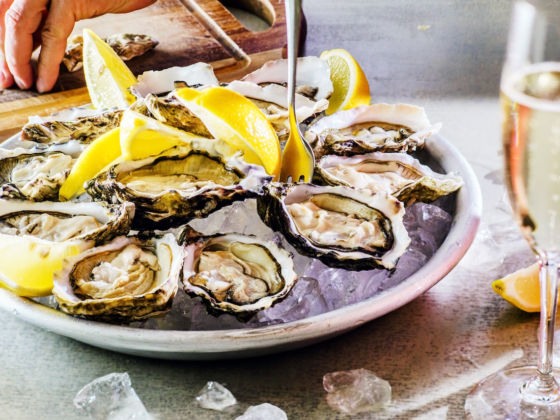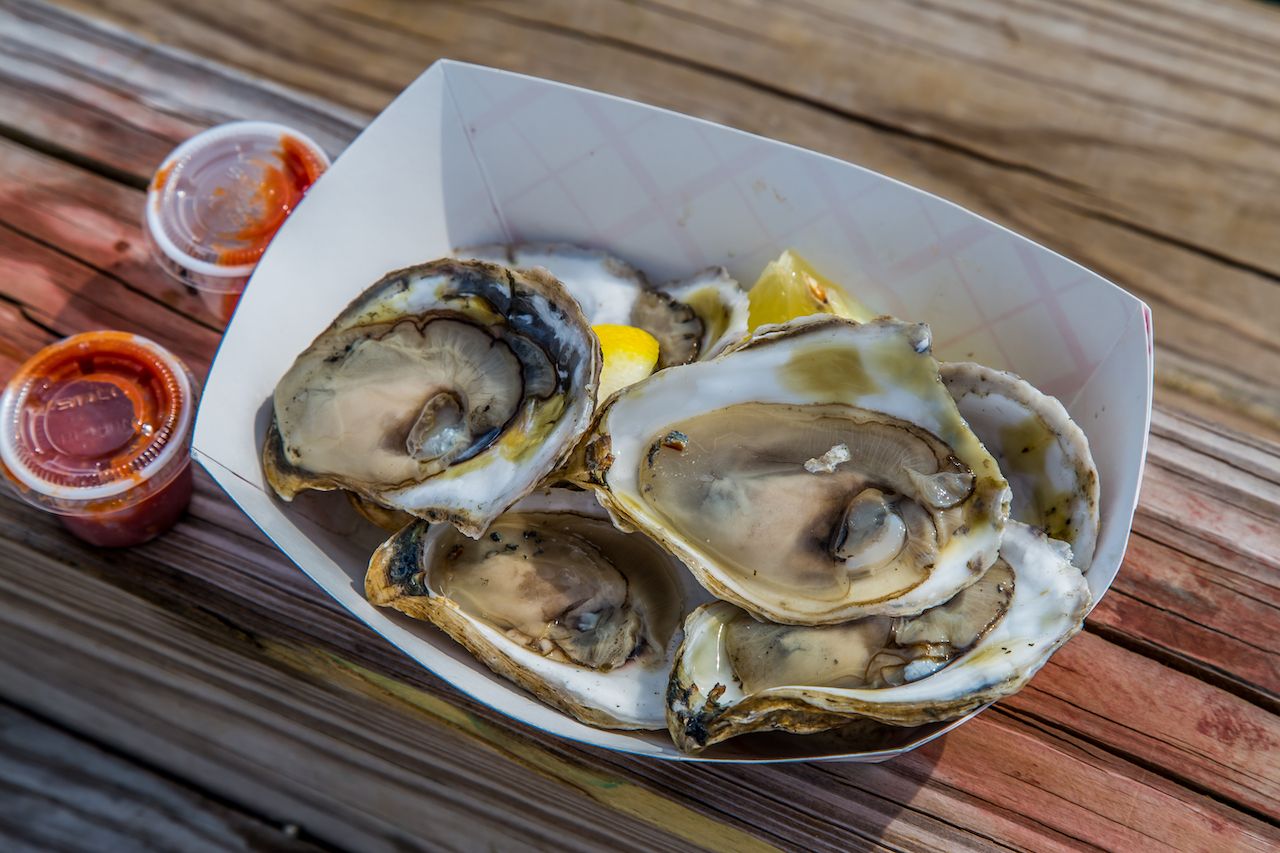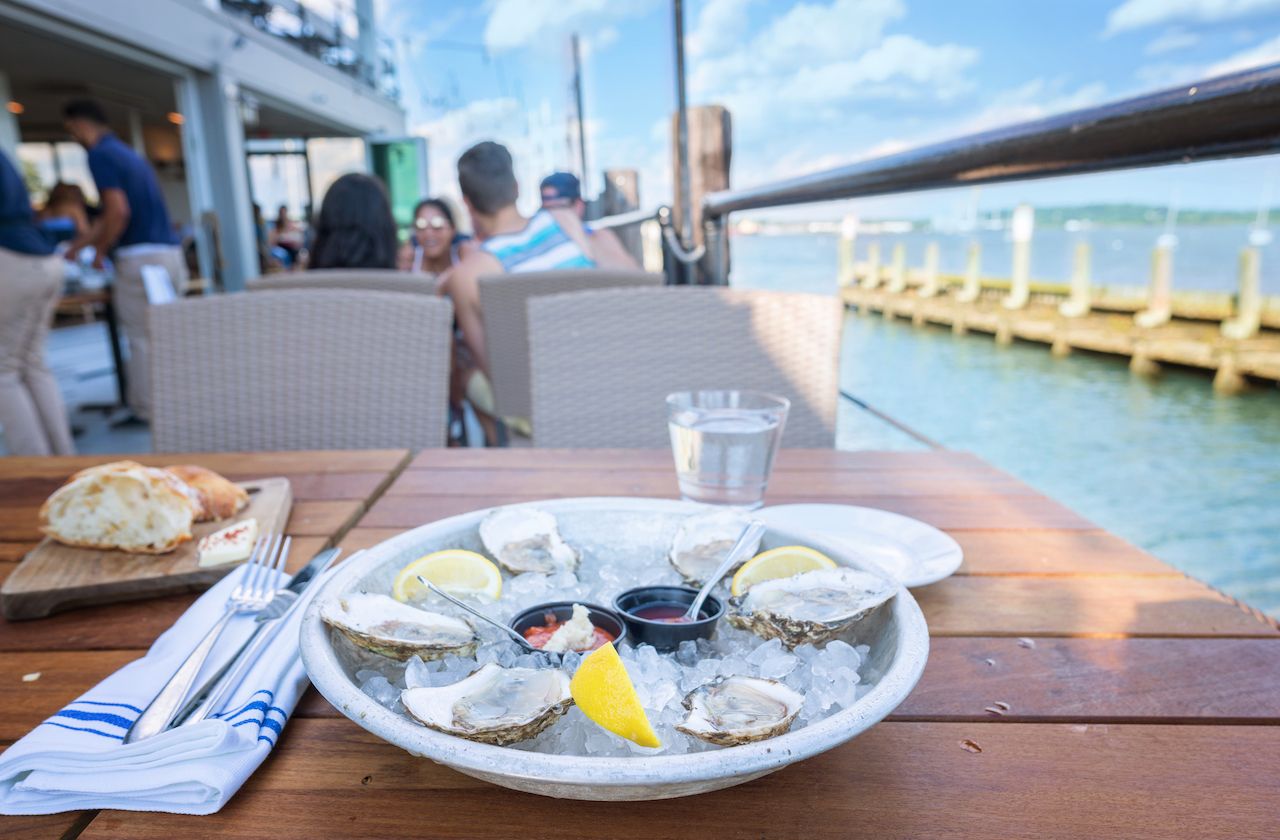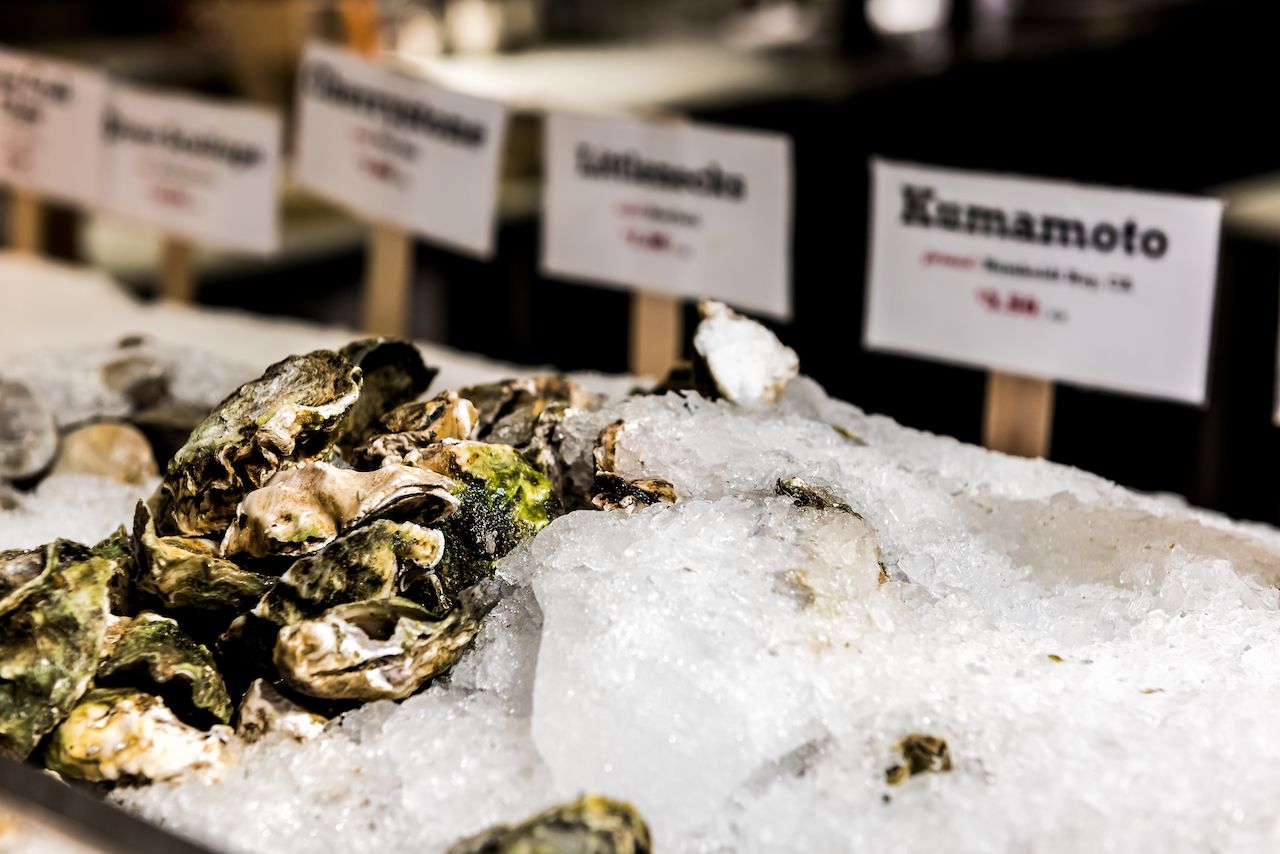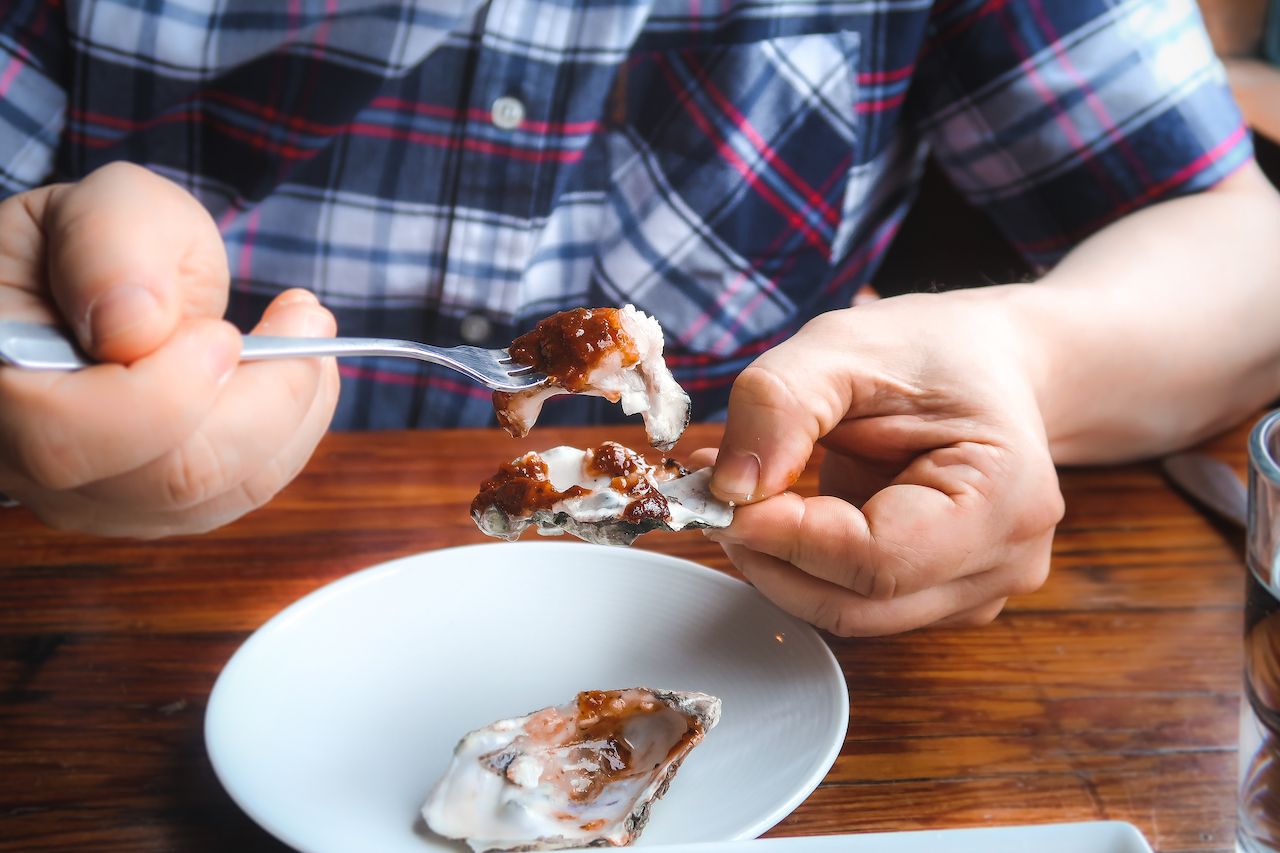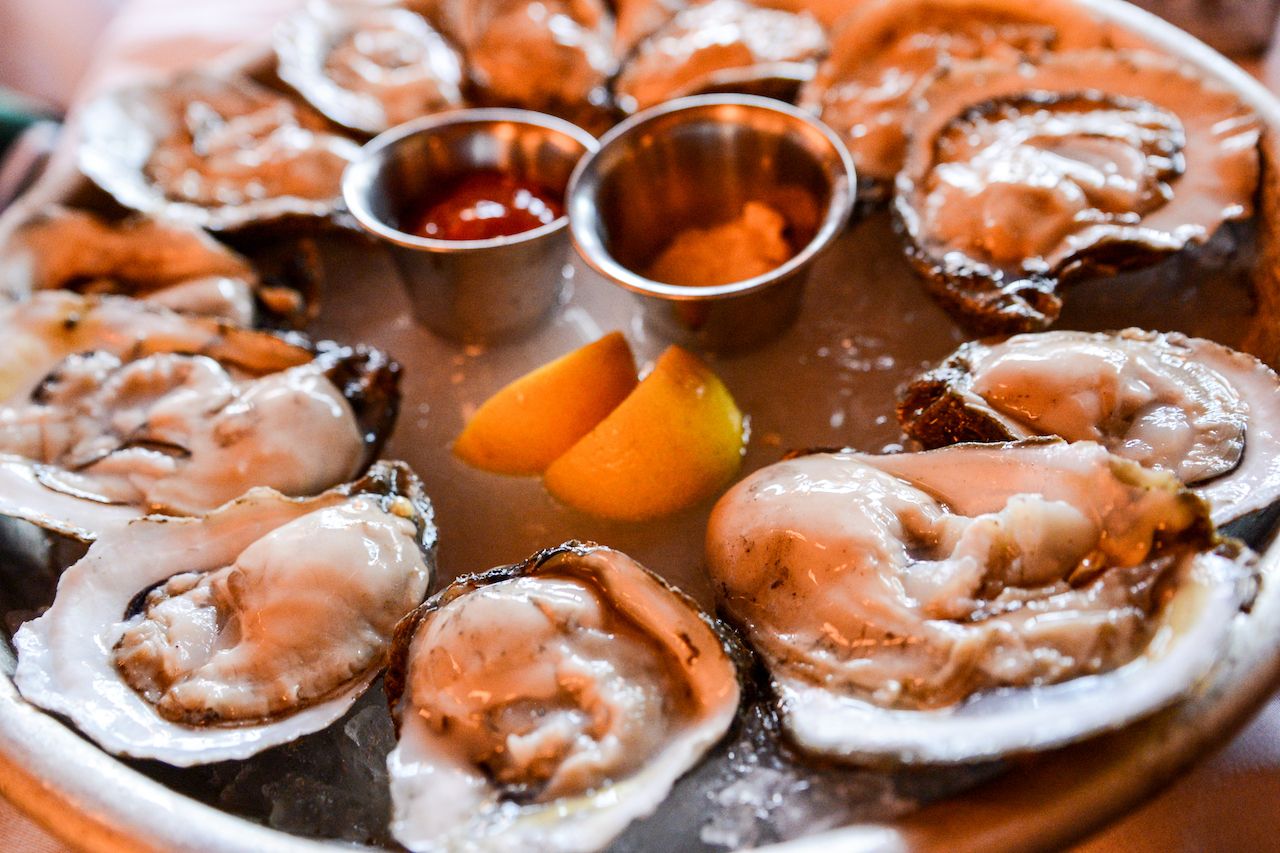Oysters look like something that should stay firmly planted in the ocean — even more so once the shell comes off. It’s fair to say that the oyster is, at the very least, visually unappetizing.
Then the oyster touches your tongue. Depending on where it’s from, you might taste the clean water of a distant inlet or the brash waves of the salty ocean. Maybe you taste the brininess of seawood and the ocean floor or something more metallic and minerally, like rocks washed clean by ferocious currents. Sometimes the taste is sweeter and more acidic, like the green rind of an unripe melon or the crisp snap of a fresh cucumber. The layered, fresh, and complex flavors are why oysters, despite their appearance, are considered a delicacy.
